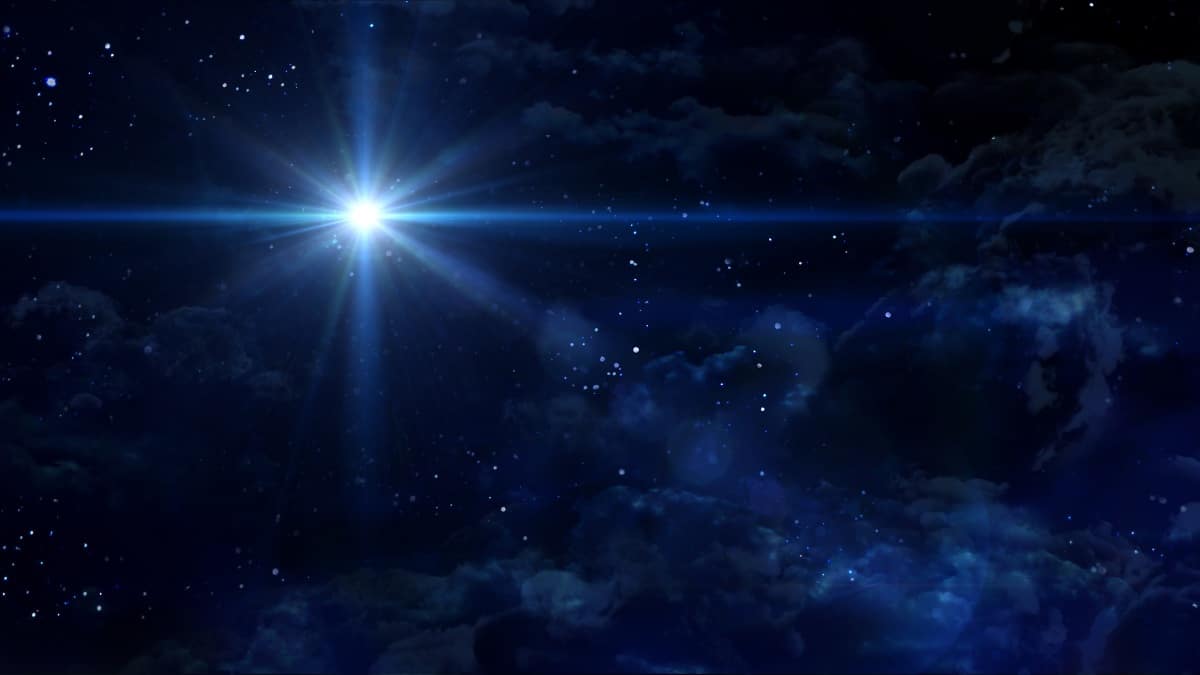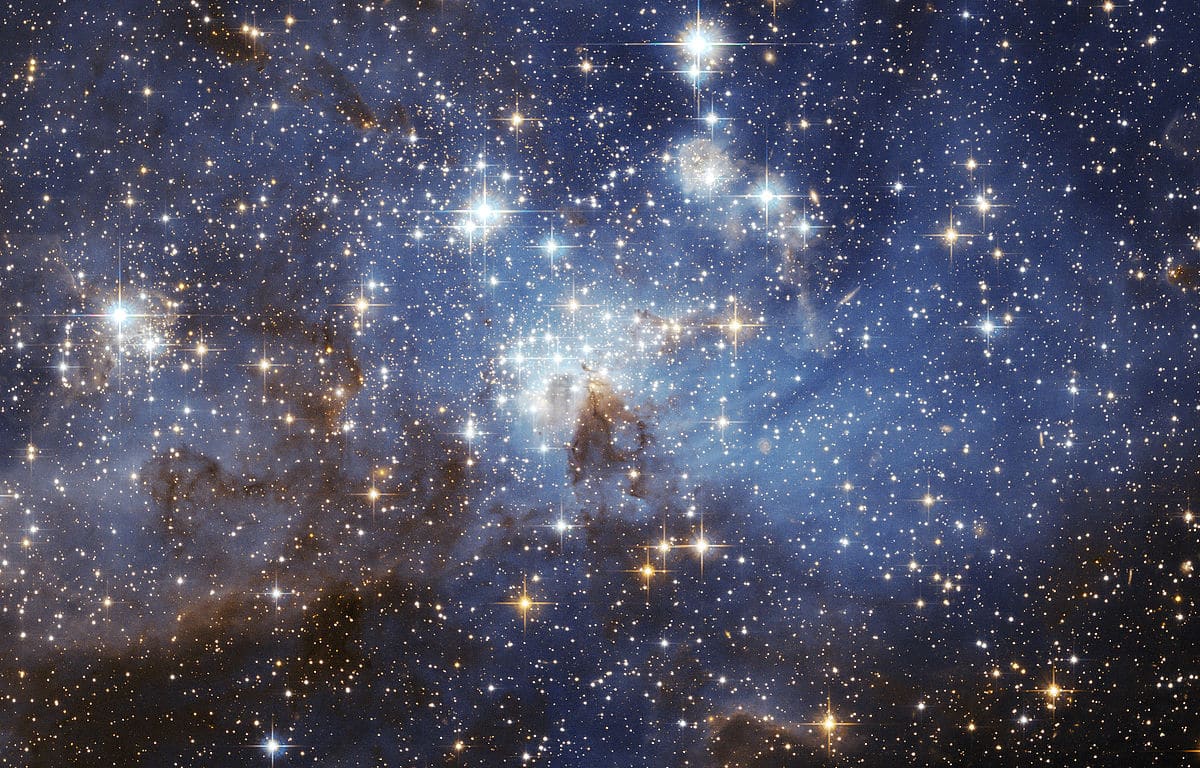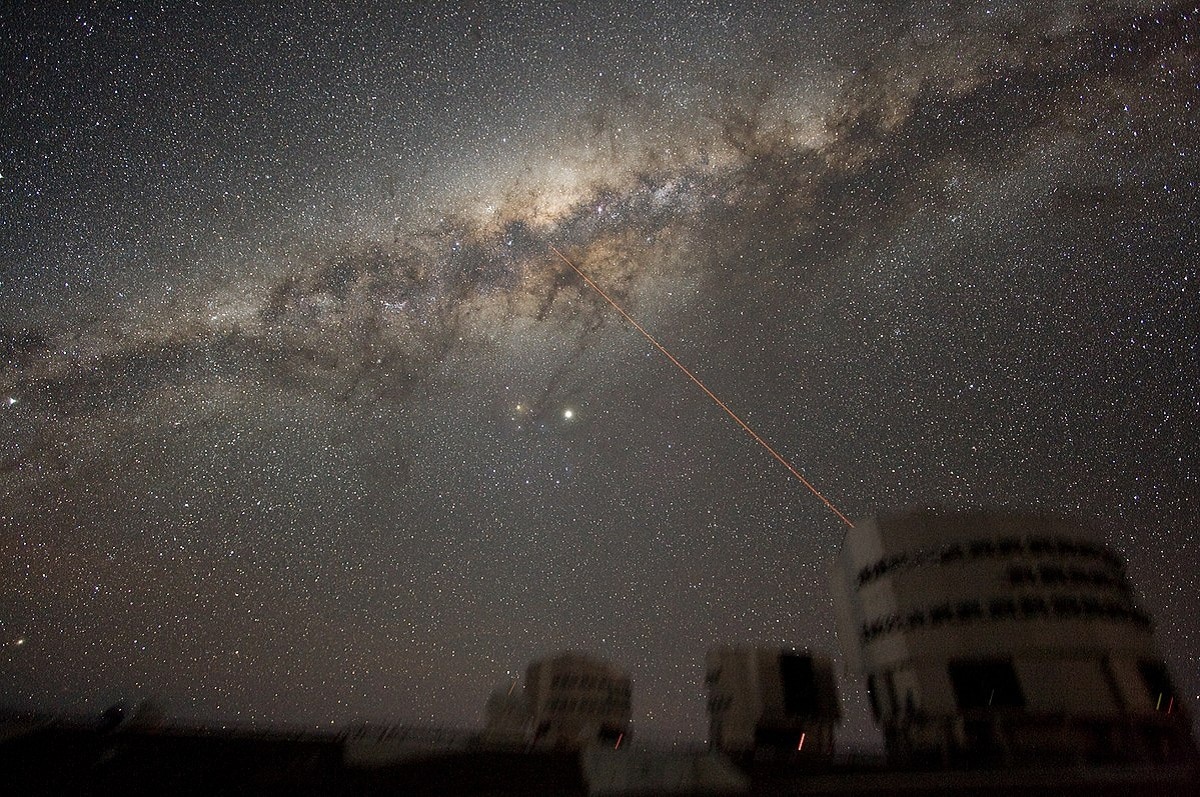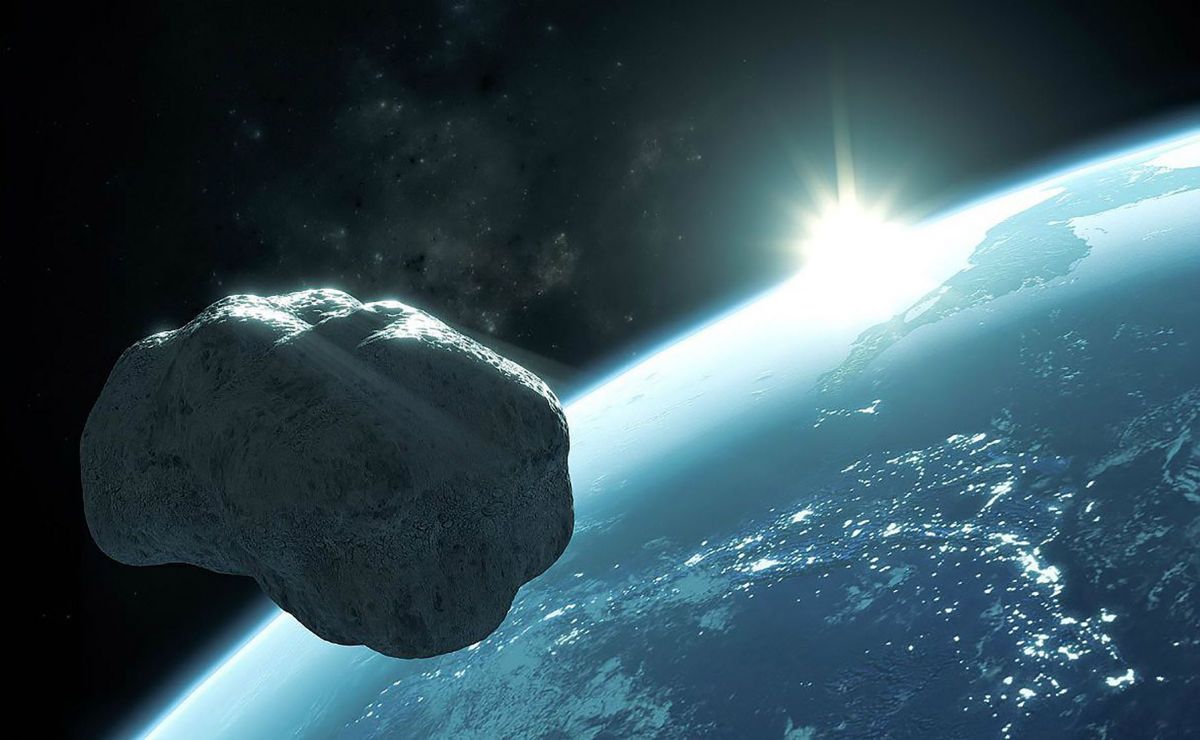
When we talk about astronomy and outer space, the concept of astro is always used. However, many people do not know what a star is. Throughout the galaxies there are numerous celestial objects that have different characteristics and that are part of our universe. It is interesting to know what is a star and how important is it?
For this reason, we are going to dedicate this article to telling you what a star is, what its characteristics and importance are.
what is a star

From an astronomical point of view, the various physical entities that exist in the universe are called stars, or more formally, celestial bodies. Strictly speaking, stars are a single element, whose existence has been inferred or confirmed by scientific methods of spatial observation, so they constitute a class of celestial bodies in which multiple celestial bodies can exist, such as the planetary rings or the stars, the asteroid belt, made up of many different elements.
The elements of our planet that exist in outer space have fascinated humanity since time immemorial, and have continued to be observed and understood through telescopes, space probes, and even manned trips to the moon. Thanks to these efforts we can learn a lot about other worlds that exist, the galaxies that host them and the infinite universe that contains everything.
However, even with the help of ordinary telescopes, all existing stars cannot be seen with the naked eye. Others even require special scientific instruments, or their existence can only be inferred from their physical effects on other bodies around them.
solar system stars

The solar system, as we know it, is the name of the neighborhood of our sun around which the planets and other elements form a direct space ecosystem in orbit. It stretches from the center of the Sun itself to the outer edge of a cloud of mysterious objects. known as the Oort Cloud and the Kuiper Belt. The length of the solar system to its last planet (Neptune) is more than 4.500 billion kilometers, which is equal to 30,10 astronomical units (AU).
There are several types of stars in the solar system, such as:
- 1 sun star
- 8 planets. Mercury, Venus, Earth, Mars, Jupiter, Saturn, Uranus, Neptune.
- 5 dwarf planets. Pluto, Ceres, Eris, Makemake, and Haumea.
- 400 natural satellites.
- 3153 comets.
Stars
Stars are hot balls of gas and plasma that are kept in perpetual explosions by the fusion of atoms due to their gravitational pull. The explosion produced an enormous amount of light, electromagnetic radiation, and even matter, as the hydrogen and helium atoms it contained were converted into heavier elements, like those that make up our planet.
Stars can be of different types, depending on their size, atomic content, and color of incandescent light. The closest known planet to our planet is the sun, although a variable number of stars can be seen in the far reaches of the sky at night. It is estimated that there are around 250.000.000 stars in our galaxy.
planets
Planets are round objects of different sizes, formed from the same gaseous material that gave rise to stars, but infinitely cooler and more condensed, and therefore have different physical and chemical properties. There are gas planets (like Jupiter), rocky planets (like Mercury), icy planets (like Neptune), and there is Earth, the only planet we know of that has large amounts of liquid water, and therefore the only planet with life.
Depending on their size, they can also be said to be dwarf planets: some too small to be comparable to normal planets, but too large to be considered asteroids, and they also exist independently, that is, whether they are moons or not. of anyone
Satellites
Orbiting planets, it is possible to find similar stars, but on a much smaller scale, that are gravitationally held in more or less close orbits, without falling into them or receding completely.
That is the case of the only moon of our planet: the moon and the numerous stars of other important planets, such as Jupiter's moons, estimated at around 79 today. These moons may have the same origin as them. Associated planets, or may come from other sources, are simply pulled by gravity, keeping them in orbit.
Comets
Comets are known as moving objects of all kinds and are made up of ice, dust, and rocks from different sources. These celestial bodies revolve around the Sun in elliptical, parabolic or hyperbolic orbits and are identifiable because as they get closer to the star, the heat melts their ice caps and gives them a very distinctive gaseous "tail". Comets are known to be part of the solar system with predictable trajectories, such as the famous Halley's comet, which happens to us every 76 years.
The exact origin of comets is unknown, but everything indicates that they may come from trans-Neptunian groups such as the Oort Cloud or the Kuiper Belt at the edge of the solar system, about 100.000 AU from the Sun.
Asteroids

Asteroids are rocky objects with multiple compositions (usually metallic or mineral elements) and irregular shapes, much smaller than planets or moons.
Without an atmosphere, most life in our solar system forms a huge belt between Mars and Jupiter that separates the inner planets from the outer planets. Others, instead, they wander through space, traversing planetary orbits or becoming satellites of some larger star.
meteoroids
This is the name given to the smallest objects in our solar system, less than 50 meters in diameter but greater than 100 micrometers (and therefore larger than cosmic dust).
They may be fragments of comets and asteroids that have been straggling, probably drawn by the planet's gravity, into their atmospheres and turned into meteorites. When the latter occurs, the heat of friction with the atmospheric air heats them and vaporizes them totally or partially. In some cases, meteor fragments hit the Earth's surface.
Nebulae
Nebulae are collections of gas, mainly hydrogen and helium, along with cosmic dust and other elements, scattered through space, more or less held in place by gravity. Sometimes the latter is strong enough to start compressing all this stellar material, creating new stars.
These gas clusters, in turn, can be the product of the destruction of stars, such as supernovae, or the accumulation of material left over from the process of creating young stars. The closest nebula to Earth is the Helix Nebula, 650 light-years from the Sun.
Galaxies
Star clusters, each likely to have its own solar system, along with nebulae, cosmic dust, comets, asteroid belts, and other celestial objects, form larger units called galaxies.
Depending on the number of stars that make up a galaxy, we can speak of dwarf galaxies (107 stars) or giant galaxies (1014 stars); but we can also classify them into spiral, elliptical, lenticular and irregular.
The galaxy in which our solar system is located is the Milky Way, named after the mother's milk of Hera, the goddess of the pantheon of ancient Greek civilization.
I hope that with this information you can learn more about what a star is, its characteristics and importance.